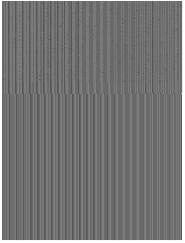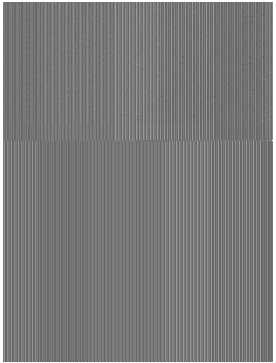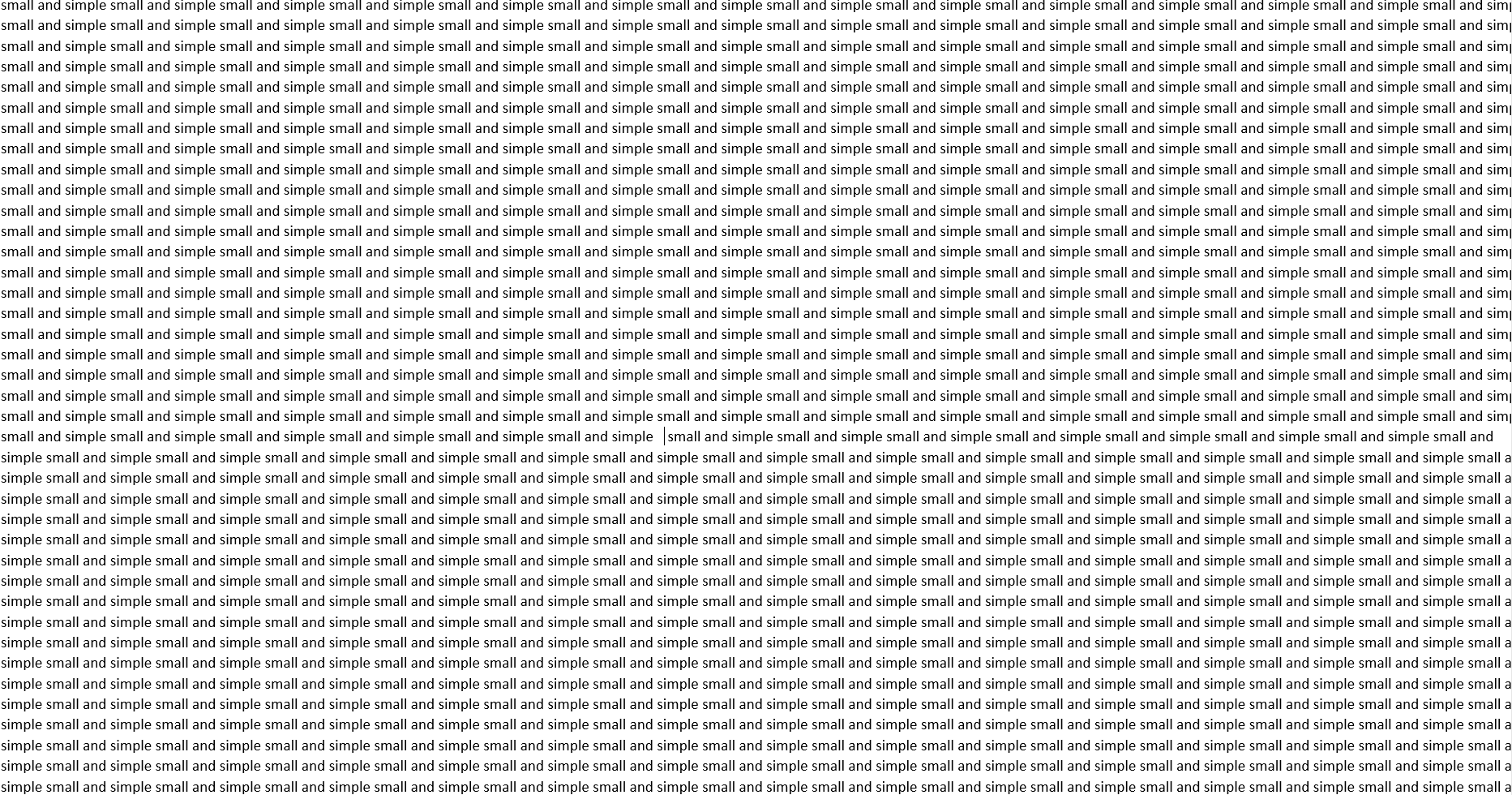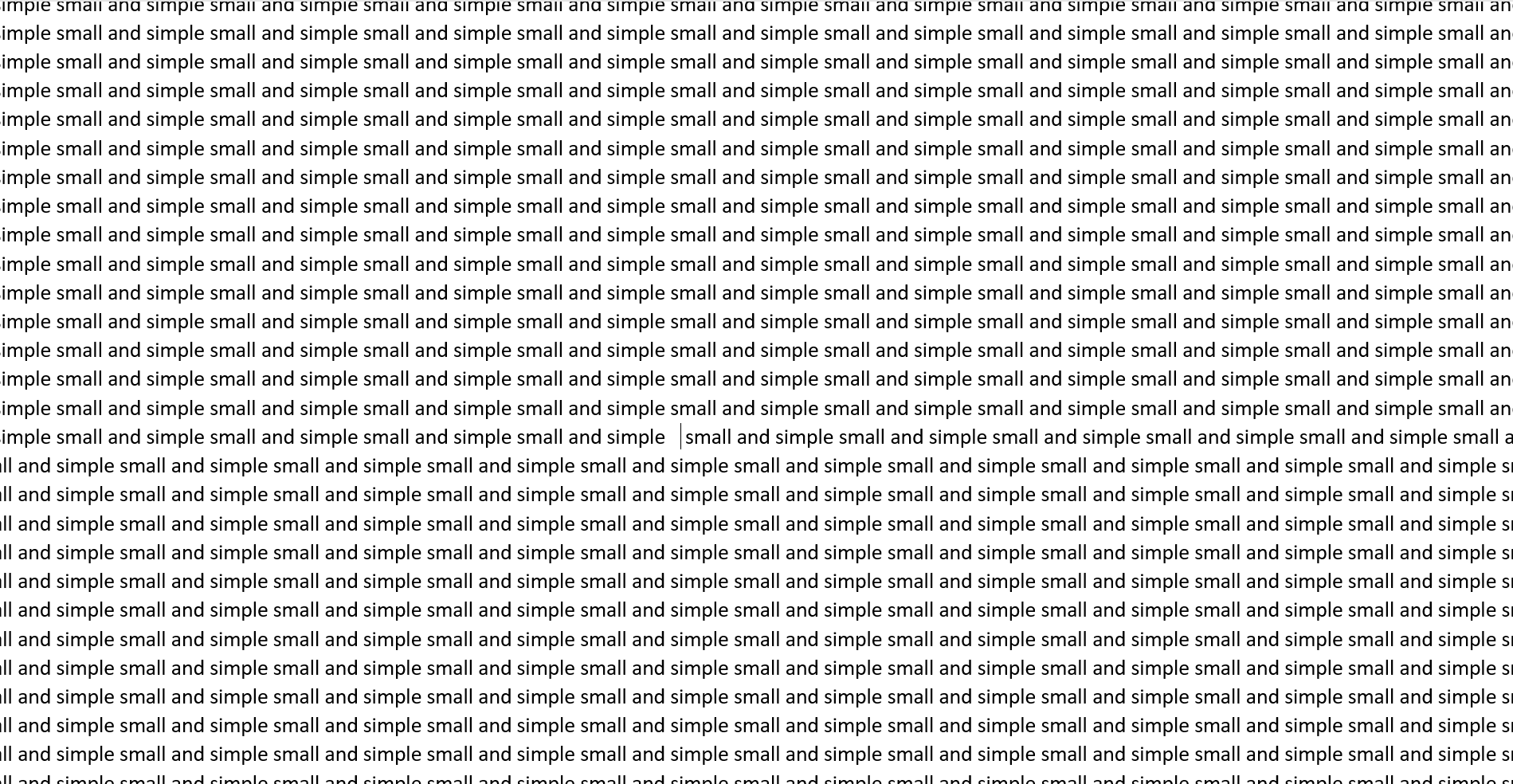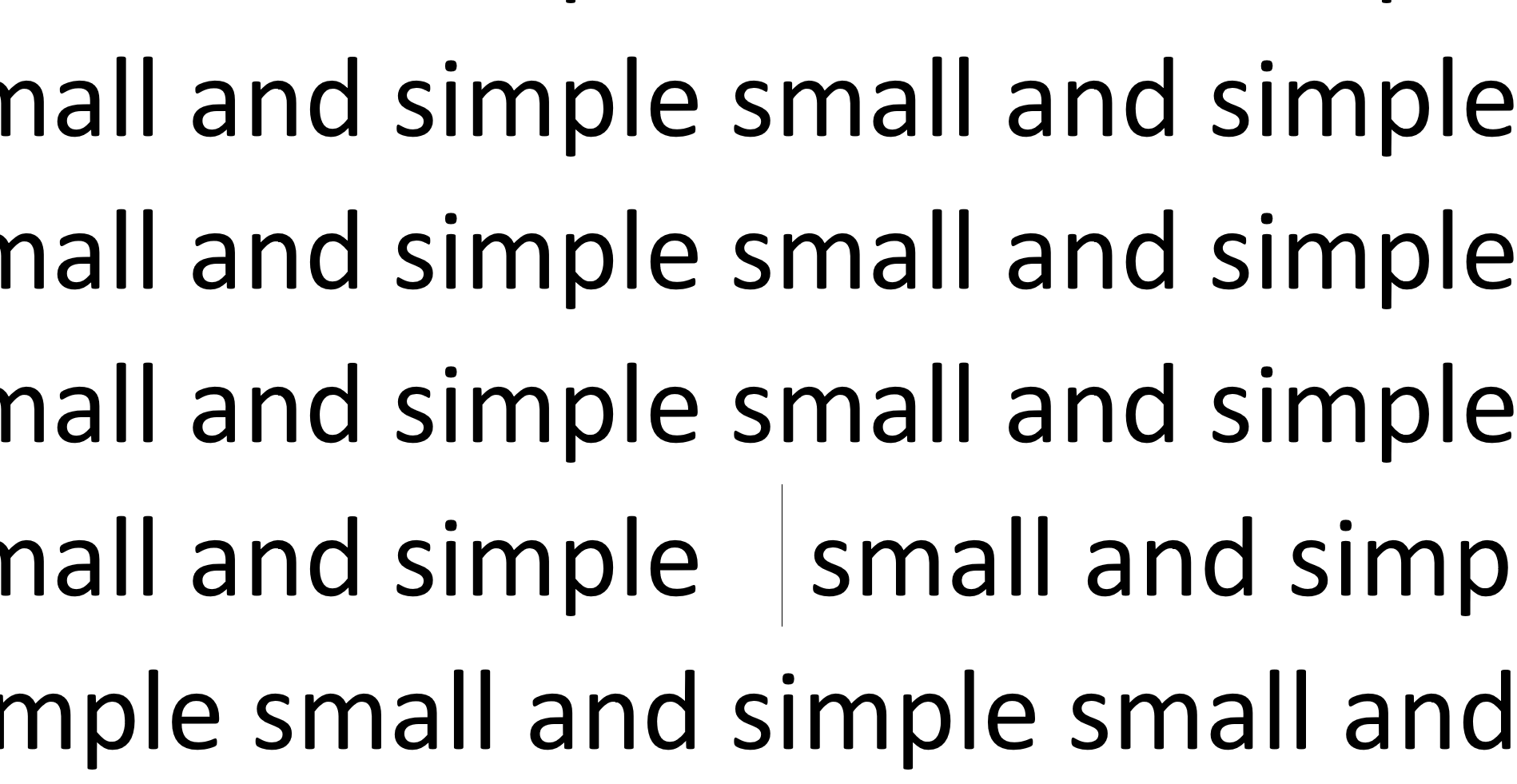The artist looks at a canvas or an empty notebook (with or without staff paper) and sees infinite possibilities. For me, the paralyzing force at the beginning is because of a lack of ideas. Instead, it is the great question, "Which direction, if taken, will be worth the most?" Now, this leads into another question, "What worth can music have in the first place?" It seems like the majority of listeners believe that music has a purpose; however, it varies greatly among them. Many see it as a form of entertainment, others fall close to worshiping it, and then there are many who desire nothing more than background noise so that they do not have to face silence. I personally do not see music as such, though I realize that music has to have some sort of entertaining feature to maintain attention, can be worshipful and bring spiritual experiences to many people including myself, and by nature fills silence naturally. Yet, I still do not have an answer for one reason why music should be written, and that is fantastic. I lean towards creating works that introduce fresh sound worlds, invigorate the spirit, and explore how both tradition and experimentation can come together in a work. But whatever the case, none of this really tells us anything about the empty canvas. Returning to the first question, when we decide a purpose, now we need to make the choice of what we must do to achieve that end. Or not. Honestly, I often improvise. Or I start to do stream-of-consciousness writing (in words). In the end, the direction we need to take is to take a direction. The first thing an artist needs is material.
Now I have this schematic of the digestive system that will also symbolize the Passion story of Jesus Christ. How did I get there? I thought that it was strange that the wording about the Resurrection is that death would be "swallowed up" in life. For me, I chose this as inspiration because there are a lot of decisions that I didn't want to make myself. The added bonus is that no matter which way the project turns I still have a religious component to it, fulfilling one of my joys in composing. How does this topic decide musical things for me? In this case, it gives me form. I have three parts of the Passion, suffering in the Garden of Gethsemane, the death on the Cross, and the Resurrection. To swallow food, there are similarly three phases. This tells me that I can have three movements to the work. Then, I study how food is swallowed. Food is moistened by saliva, ground into pieces, and falls to the back of the throat. There is nothing emotional about those things, but I can make textures in the music that first become mushy and lose their form, then dissonantly grind one note against another, and finally let the movement have some sort of release, perhaps using some sort of balanced binary form. In other words, the form is AB and coda with A material. Yet, the one complication is, "How can I relate this to the suffering in the Garden?" Because I already have form from the digestive element, I simply apply different emotions related to willful suffering throughout the movement. Yes, it is quite dark, but I think of harmonic language, melodic content, and rhythmic motives can show hesitation, nervousness, anxiety, and at the fore, pain, and adjust my form accordingly. I believe that emotions can sometimes be mapped onto the physical experience of the performers, so when I write these types of passages, I think of how the violin bow will attack the notes, how the clarinet wind will feel as it articulates and how the fingers will feel as they noodle around the instrument, and how the piano hands will touch the keys (or bang the keys). If you ask any of my performers who have played this sort of music, they agree that some moments require suffering or patience. I assure them that it is completely intentional.
Another consideration in the creative process is how God created the universe. He first took material and formed it. Then He shaped it with all sorts of land and water features. Then He created opposition, setting the light apart from darkness. Then life started to happen. In my example, I gave the piece a form. I shaped it to some degree, and I plan to shape it more as time goes by (which still happens while we are on the earth--tectonic plates are still shifting!). Now, I need to have opposition. The most primitive opposition in the toolbox is sound and silence. Then come the differences between the sounds. I have at my disposal high sounds and low sounds, long durations and short durations, timbre varieties, articulation, and dynamics with which I can create opposing forces. Then, I have more complex tools to continue this work that deal with how our mind processes melody, harmony, and meter. This is where the second moment of writer's block hits. "What do I do with all these choices?!" The answer depends on the approach taken. I chose to use fourths and fifths to represent perfection and godliness, rooting it into the perfect interval association from the Medieval ages, and I chose to make minor 2nd configurations into a suffering motive. The task for me is to give the piece life by creating some sort of interaction between these two elements that persists throughout the work, at least for this piece. In traditional narrative form, one of the two ideas would triumph over the other, as if it were battle. I could I have chosen to make godliness triumph over suffering. Yet, Christ chose to keep the wounds in His hands and His feet, which meant that it might not be about putting the suffering behind necessarily. The suffering itself had value. I chose to end the piece by combining perfect fifths and fourths with dissonant seconds, especially in the piano, to create what I personally believe are rich, beautiful sonorities. My oppositions mold into one to become a living thing, as body and spirit come together, first for the spirit to subjugate the body but then to be united eternally in resurrection.
I referred to my thesis piece, Swallowed Up, in that creative process. Of course, there are many decisions to be made, but ultimately the secret to the creative process is making decisions that will impact the course of the music-making, even if it may lead to disaster. I completely scratched my first version of the first movement. I said that I wanted to imitate mushiness in the music. I used a system to increase harmonic fuzz, and it resulted in something that did not work when it came time to make substantial melodies (which I valued in this piece). The third movement also had several prototypes that were well under par. Without those choices, I would not have formed the resultant work.
This is one way to write music. I like metaphors because they give me structure in the endless choices I need to make. Mine are scriptural because my mind is there most often; however, I know of other composers who have used resources such as the Theory of Evolution, The Art of War, painting techniques, and all sorts of word writing practices to formulate their creative processes and specific pieces. If you are an artist, what is your metaphor?



